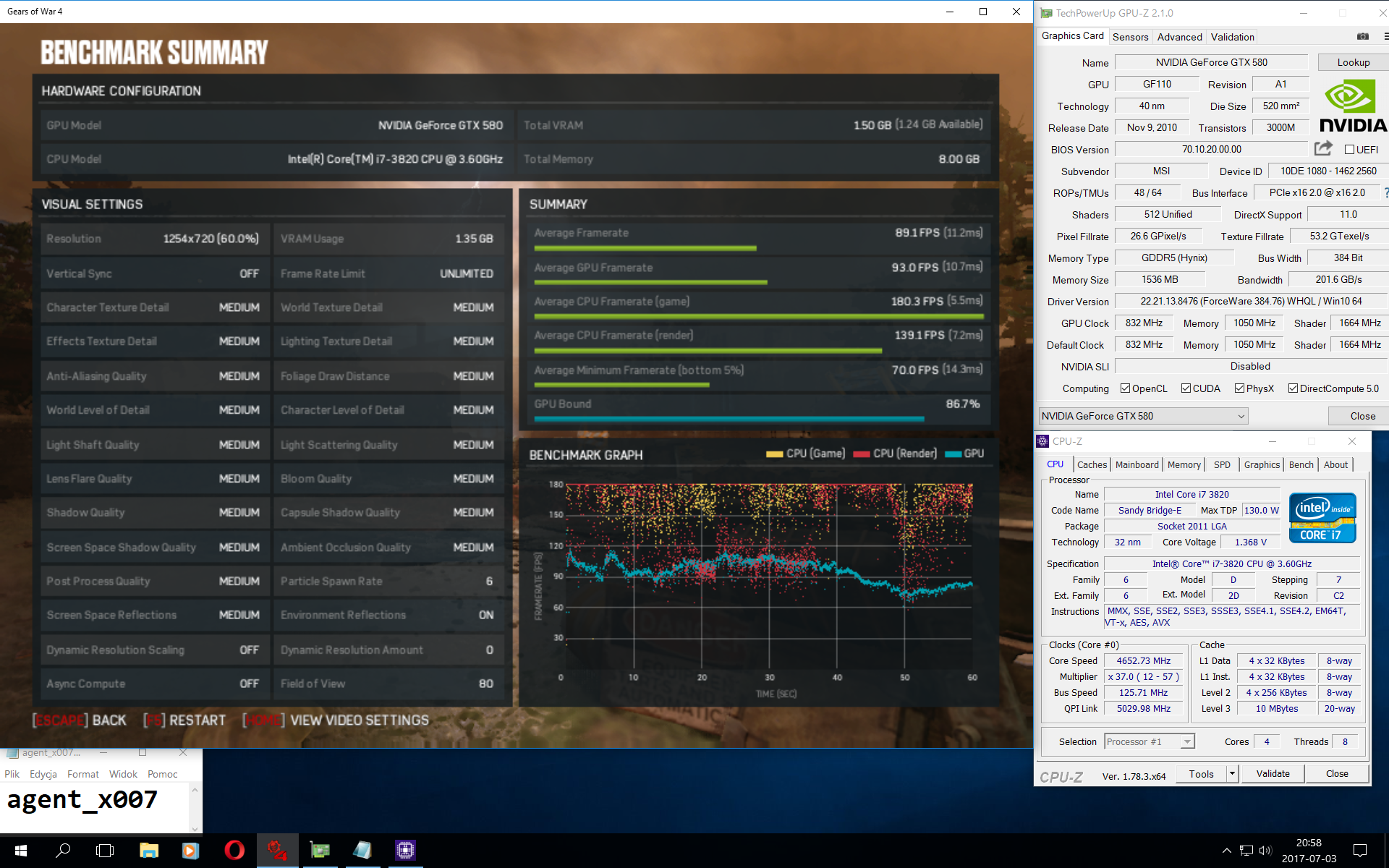- Joined
- Dec 22, 2011
- Messages
- 292 (0.06/day)
| Processor | Ryzen 7 5800X3D |
|---|---|
| Motherboard | Asus Prime X570 Pro |
| Cooling | Deepcool LS-720 |
| Memory | 32 GB (4x 8GB) DDR4-3600 CL16 |
| Video Card(s) | PowerColor Radeon RX 7900 XTX Red Devil |
| Storage | Samsung PM9A1 (980 Pro OEM) + 960 Evo NVMe SSD + 830 SATA SSD + Toshiba & WD HDD's |
| Display(s) | Samsung Odyssey G8 (85SD) OLED |
| Case | Lian Li O11D Evo |
| Audio Device(s) | Sound Blaster Zx |
| Power Supply | Seasonic 750W Focus+ Platinum |
| Mouse | Logitech Pro X Superlight 2 DEX |
| Keyboard | SteelSeries Apex Pro |
| Software | Windows 11 Pro |
True, forgot about the GM108Well mobile gm108 is maxwell gen 1 too, but for desktop graphics only gm107 derivations were made.






